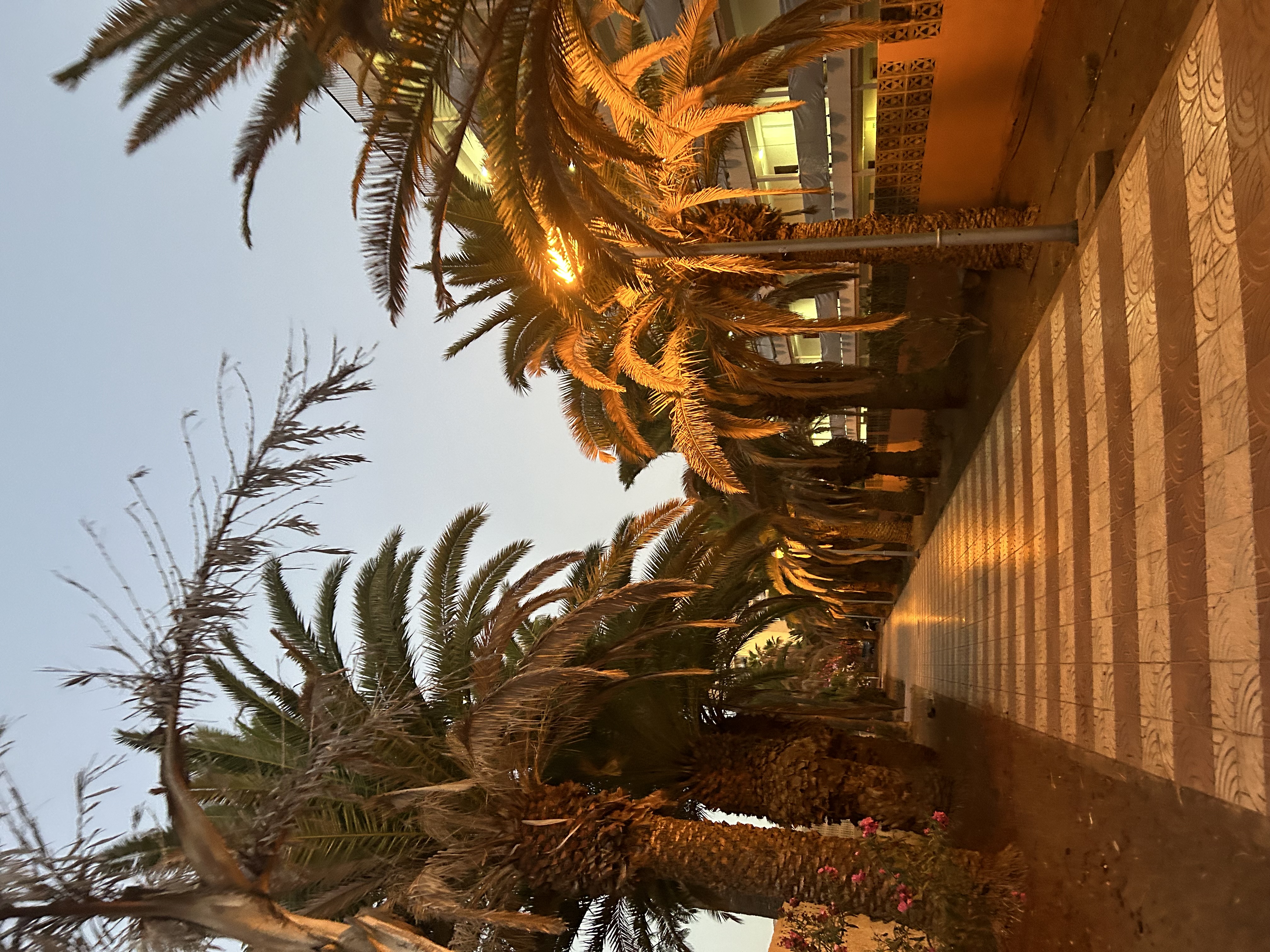Topic b1- Cell differentiation and specialisation
Cards (13)
- What is the process by which a cell changes to become suited for its job called?
- How do cells differentiate?
- What is the significance of differentiation in multicellular organisms?
- When does most differentiation occur in an organism?
- What types of cells mainly differentiate in mature animals?
- What are gametes and how do they relate to differentiation?
- What are the specialized functions of sperm cells?
- What are the specialized functions of nerve cells?
- What are the specialized functions of muscle cells?
- What are the specialized functions of root hair cells?
- What are the specialized functions of phloem and xylem cells?
- How do phloem and xylem cells facilitate transport in plants?
- What structural differences exist between xylem and phloem cells?
